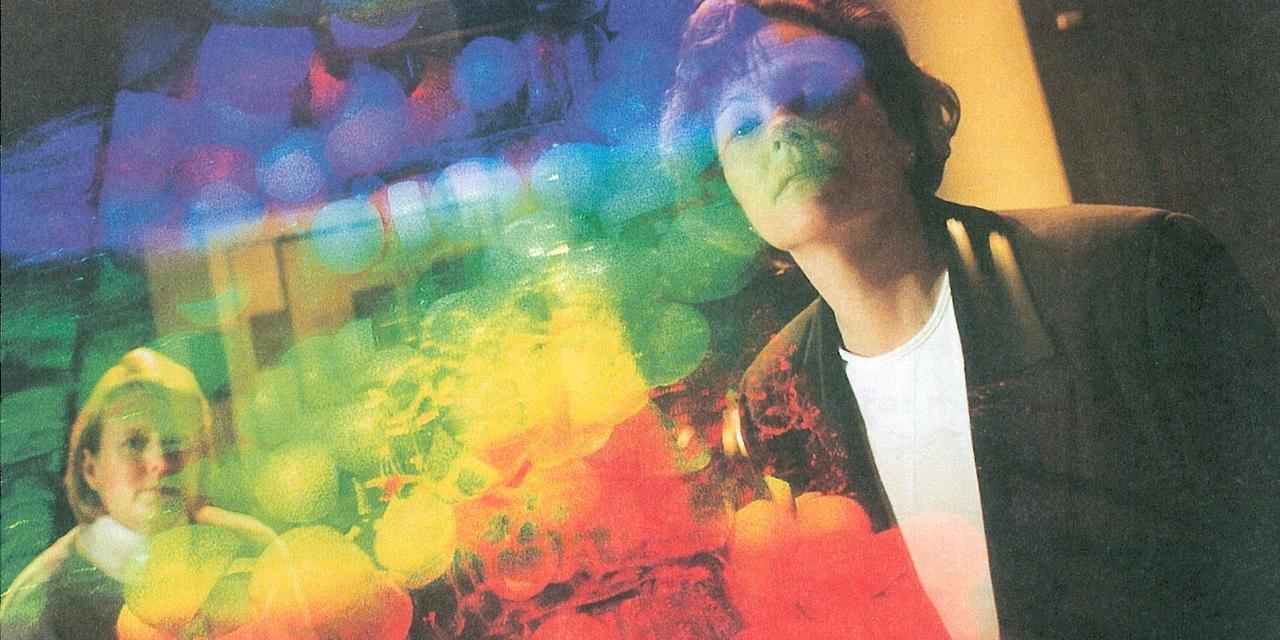

Interactive Art: The New Age of Holography
Most of us learned about holograms at an early age as we played with inexpensive toys like those found in Cracker Jacks boxes. While technically not holograms, these toys simulated the technical form and amazed us as we twisted and turned them about to reveal different images.
What most of us didn’t know is that these trinkets were the by-product of an Hungarian scientist’s invention to improve the resolution of the electron microscope. Today, holographic art is found in everything from toys to advertising and even adorning the wall of museums around the world.
INTERACTIVE ART: THE NEW AGE OF HOLOGRAPHY, a production of PBS Western Reserve, reveals the art and science of holograms by touring a unique exhibit that showed at the Canton Museum of Art and by watching holographic artist Douglas Tyler at work.
Tyler is a professor of art at St. Mary’s College in Notre Dame, Indiana, and also the founder of Dimensional Imaging Consultants, the premiere organizer of holographic exhibitions in the United States. Tyler’s works have been exhibited internationally and are in the collections of The Smithsonian Institutions, the Brooklyn Museum and private collections in the U.S., Europe, Japan and Canada.
The 30-minute Interactive Art revels in the mysterious universe of the holograph. As the four different types of holograms are shown and explained, viewers enter a strange and wonderful landscape of art.
“Most people have never thought of holography as art,” explained PBS Western Reserve’s Duilio Mariola, producer and director of the special. “I want viewers to experience the multiple layers and dimensions of the art and show them how it’s created.”
A PBS Western Reserve production, 2000.
What is a Hologram?
This is a question often asked but sometimes difficult to answer. Many of us have seen holograms but we may have seen differing types, created for different purposes and with considerably different images.
Simply put, a hologram is a picture recorded with laser light. Using the special properties of this laser light, holograms record the appearance of a three-dimensional object on a two dimensional plane of film.
Many people consider a hologram a three-dimensional photograph. Although this analogy is somewhat correct, the primary similarity is in the use of film in both processes. Like photography, holography records an object’s height and width. In addition, holography also records an object’s depth.
However, the similarities between photography and holography end there. In photography, a camera lens is used to impress an image on the film. In holography, a complex array of light and dark areas — known as “inference patterns” — is recorded on the film. These patterns contain all the visual information about an object. When correctly lit, a hologram will appear to be the object itself.
The most dramatic aspect of viewing a hologram is discovered when the viewer moves. As a person looks at a hologram from various angles they see the object as it would appear from these angles.
Holography has been around since the late 1940s. Dennis Gabor, an Hungarian electrical engineer, first conceived of the fundamentals of holography while attempting to improve the resolution of the electron microscope. He created the first transmission holograms and demonstrated this to the scientific world. He would receive a Nobel Prize for his work in 1970.